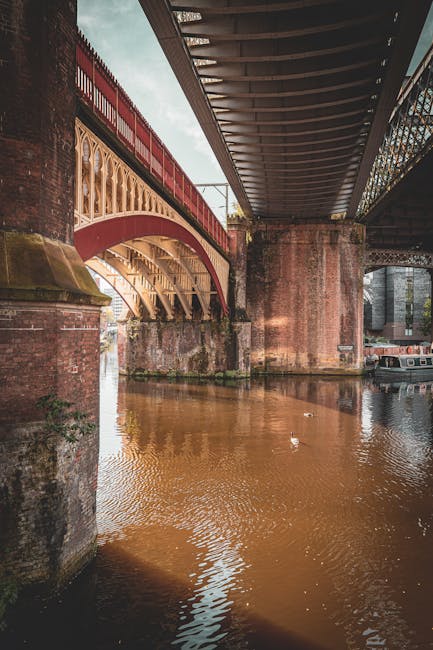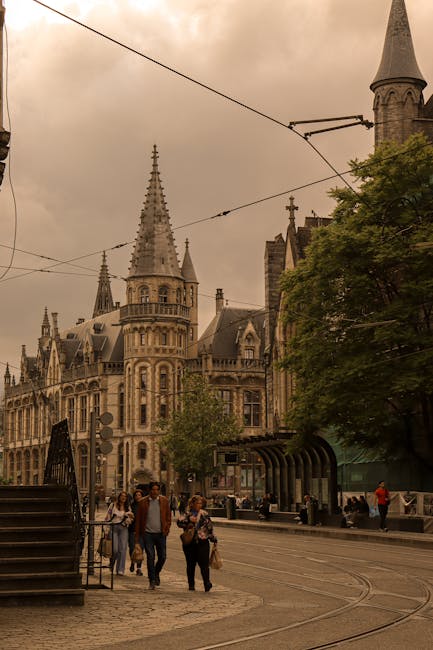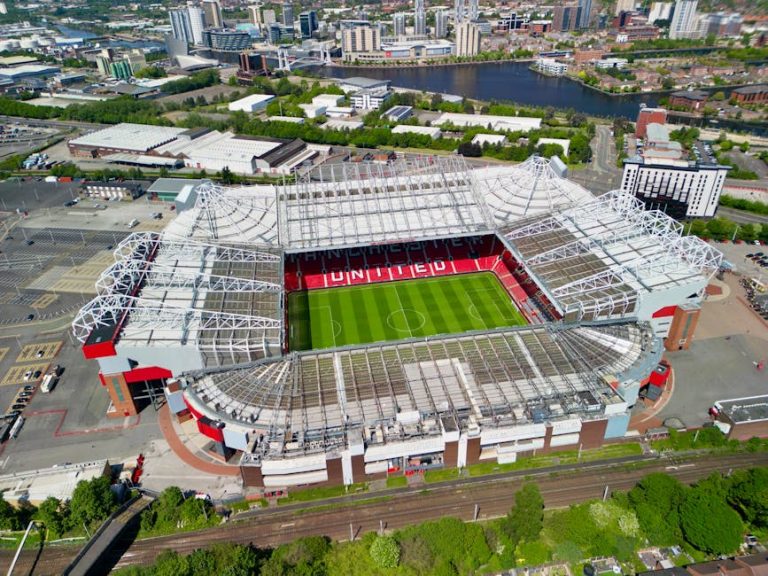Exploring Manchester’s Industrial Heritage: A Journey Through Time
Welcome to the vibrant city of Manchester, a place where history and innovation intertwine seamlessly. Known as the world’s first industrial city, Manchester’s industrial heritage is both rich and fascinating. In this blog post, we will delve into the city’s past, exploring its transformation during the Industrial Revolution, the key landmarks that define its industrial heritage, and how you can experience this history today.
The Birthplace of the Industrial Revolution
Manchester’s role in the Industrial Revolution is unparalleled. In the late 18th and early 19th centuries, the city evolved from a modest market town into a global industrial powerhouse. Statistics reveal that by 1835, Manchester was the world’s largest producer of cotton textiles, earning the nickname “Cottonopolis.”
The Rise of Cotton Mills
The cotton industry was the driving force behind Manchester’s rapid growth. The city was home to over 108 mills by 1853, employing thousands and shaping the skyline with their towering chimneys. These mills, such as the Ancoats Mills, were not just places of work but symbols of industrial might. The architectural legacy of these mills can still be admired today.
Innovations in Technology
Manchester was also a hub of technological innovation. The invention of the spinning machine by Richard Arkwright and the steam engine by James Watt revolutionized production processes. The city’s engineers and inventors were at the forefront of progress, contributing to Manchester’s reputation as the “Workshop of the World.”
Key Landmarks of Manchester’s Industrial Heritage
For those keen to explore Manchester’s industrial roots, there are several key landmarks that offer a glimpse into the past. Let’s take a closer look at some of the must-visit sites that showcase the city’s rich industrial history.
The Museum of Science and Industry
Located in the heart of the city, the Museum of Science and Industry is a treasure trove of Manchester’s industrial past. Housed in the historic Liverpool Road railway station, the world’s oldest surviving passenger railway station, this museum offers an immersive experience with exhibits on transport, textiles, and computing. Don’t miss the working steam engines and the chance to learn about the city’s role in pioneering the modern computer.
Castlefield Urban Heritage Park
Castlefield Urban Heritage Park is a designated conservation area that highlights Manchester’s industrial and Roman past. Walk along the cobblestone streets and admire the canals, viaducts, and warehouses that tell the story of a bygone era. The Bridgewater Canal, opened in 1761, was a pivotal development in the Industrial Revolution, providing a direct route for coal transportation.
Ancoats: The World’s First Industrial Suburb
Dubbed the world’s first industrial suburb, Ancoats is a fascinating area to explore. This district was once teeming with mills and factories, and today, it is undergoing a renaissance. The historic mills have been transformed into modern apartments, creative studios, and eateries. Walking through Ancoats, you can almost hear the echoes of industry in its red-brick buildings.
Experiencing Manchester’s Industrial Heritage Today
Manchester’s industrial heritage is not confined to history books; it is a living, breathing part of the city. Here are some actionable tips to immerse yourself in this rich history during your visit.
Take a Guided Walking Tour
One of the best ways to experience Manchester’s industrial heritage is by joining a guided walking tour. Knowledgeable guides will lead you through the city’s historic districts, sharing insights and stories that bring the past to life. Consider tours that focus on the industrial history of Ancoats and Castlefield for a deeper understanding of the city’s development.
Visit a Heritage Railway
For a unique experience, hop aboard a heritage railway. The East Lancashire Railway offers steam train rides through picturesque countryside, providing a nostalgic journey back in time. This railway was once part of the industrial transport network and is now a delightful way to connect with the past.
Attend Industrial Heritage Events
Throughout the year, Manchester hosts various events celebrating its industrial past. From vintage fairs to steam rallies, these events offer a chance to witness history in action. Keep an eye on the Visit Manchester website for upcoming events that coincide with your visit.
Conclusion
Exploring Manchester’s industrial heritage is an enriching experience that offers insights into a pivotal era in human history. From the rise of cotton mills to technological innovations, the city’s past is a testament to human ingenuity and resilience. By visiting key landmarks, participating in tours, and engaging with local events, you can truly appreciate how Manchester continues to honor its industrial roots while evolving into a modern metropolis. So, pack your bags, put on your walking shoes, and embark on a journey through time in the heart of England’s industrial revolution.





